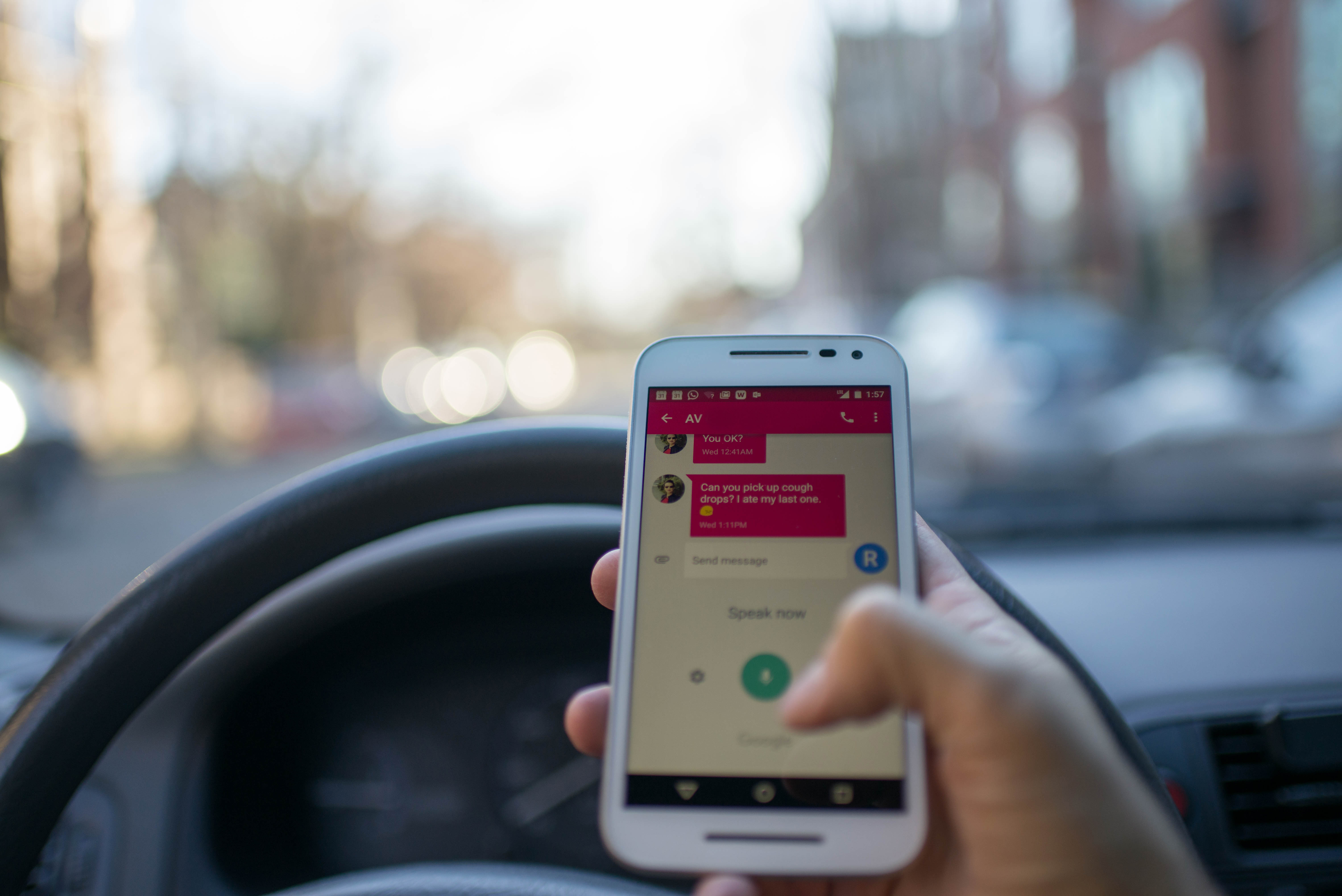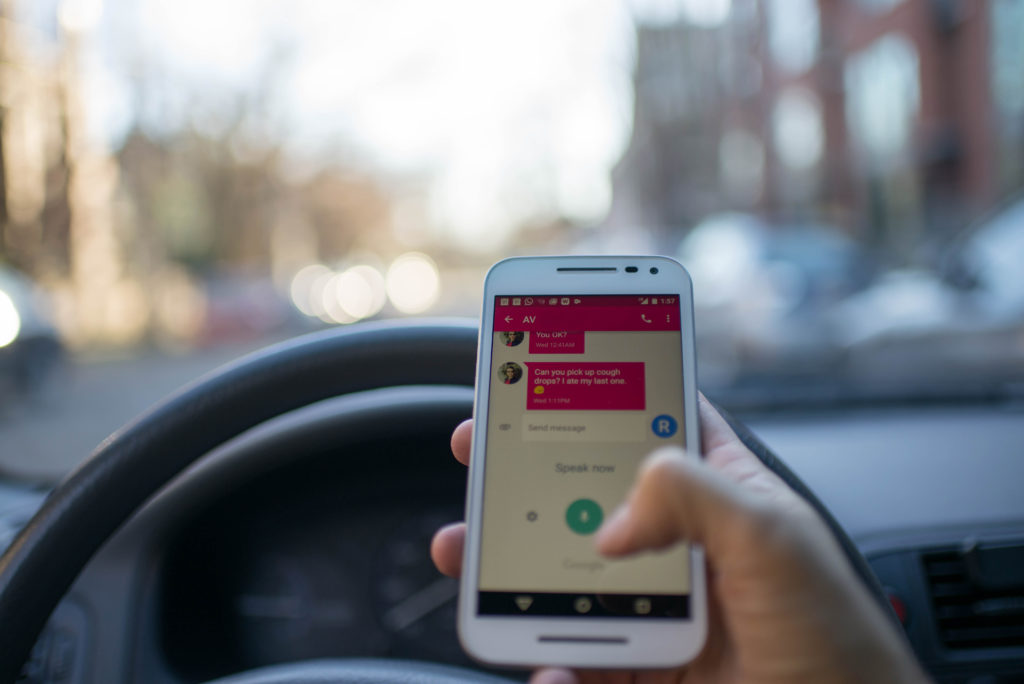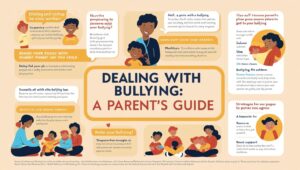

The National Highway Traffic Safety Administrations informs that the number one age group of drivers who were distracted at the time of a fatal collision are teenagers. Cellular phone use, including texting and messaging, are often the cause of the distractions. It is a serious issue with NHTSA statistics indicating 391,000 injured and 3,477 killed in traffic accidents caused by distracted drivers. Here are four steps to take to get your teenager to not text while driving.
Set the Primary Example
The do-as-I-say-no-as-I-do approach never works. If you want your teen to not text and drive, then you must never text and drive. This includes texting when stopped at a traffic light or at a standstill in heavy traffic. You should not text while in line at a drive-through either. Your children learn first by mimicking your behaviors. If you have been texting and driving, have a sit-down meeting with your teen, apologize for it, and commit to never doing it again. Teens appreciate honesty, and keeping your commitment establishes the new behavior expected in your family.
Install an App
Check with your cellular carrier for options to prevent texting while driving. They may have preinstalled software on the phones to prevent texting when the phone detects it is moving in a vehicle. Apple’s iOS 11 is supposed to have a “Do Not Disturb” feature that disables texting when driving. Sprint has a feature for parents to monitor phone use of their teens while they are driving. There is no perfect solution as the apps, so far, can be disabled by phone users in case they are passengers and not drivers.
Give Your Teenager Information About Auto Accidents
This is not where you show them videos of what a car crash looks like or even messages available online from their peers who have been distracted while driving and were injured in an accident or caused injuries or deaths of others. Your teen has probably seen and heard of these examples, but a refresher may help too. Instead, this is where you remind your teenager that every incoming and outgoing phone call, text, instant message, shared photo, social media post or other transfer of the information on a cell phone has a time and date stamp and is discoverable. In fact, the police and car accident attorneys subpoena phone records when pursuing damages against plaintiffs who are believed to be at fault for causing accidents.
Enforce the No Texting While Driving Rule
Your cellular phone carrier’s expanded billing information will show you the timestamp of calls and texts. If you make random checks per phone line and discover that your teen was texting while driving, you need to enforce the rule with a stiff penalty such as removing driving or cellular phone privileges. Some comparisons of distracted driving with drunk driving indicate that distracted driving could be even worse. If not worse, at least they are similar. Drunk driving has serious penalties including jail time. So, taking away driving and phone privileges from a teen who does not comply with the no texting while driving rule is actually a mild punishment by comparison.
There is no sure method of preventing a teen from texting while driving, but positive peer examples and the threat of seriously undesirable penalties for infractions are helpful. One of the best deterrents could be to encourage your teen to become an advocate for the cause against distracted driving.


